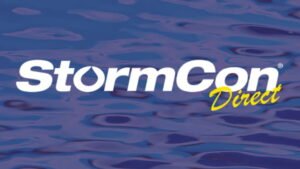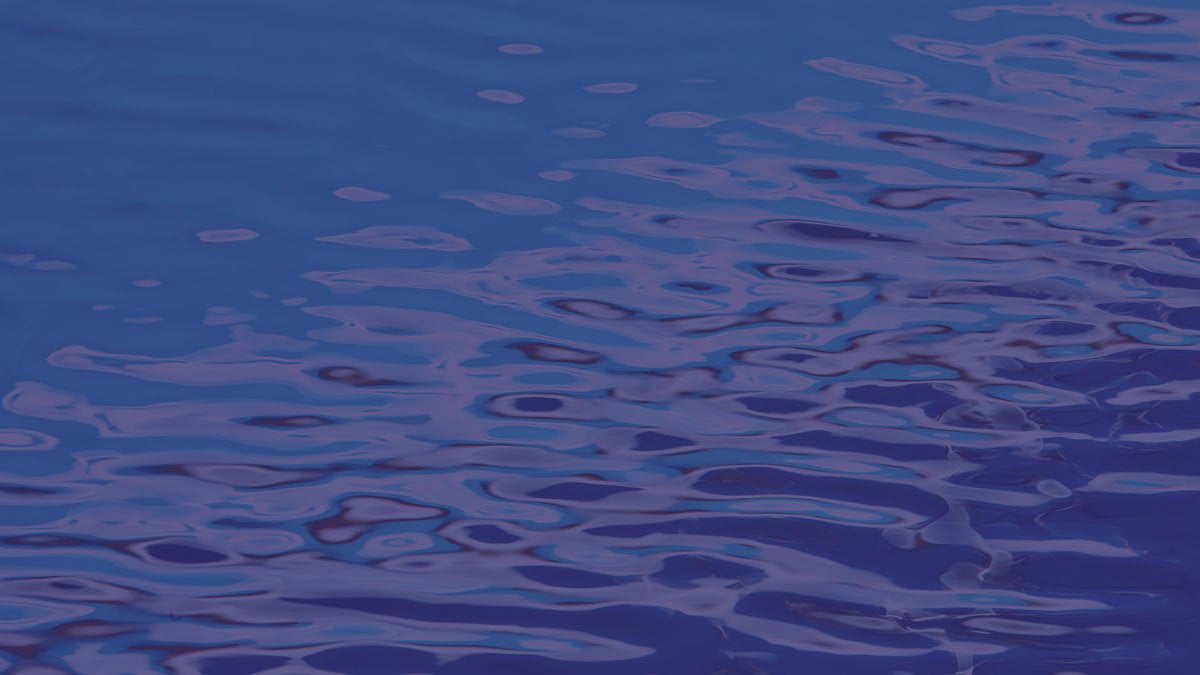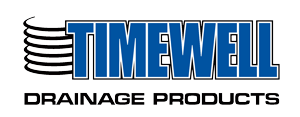The Long Beach Municipal Urban Stormwater Treatment (LB-MUST) Project is an ambitious, comprehensive, and innovative project to intercept and treat dry weather runoff and a percentage of the first-flush storm flows generated within the City of Long Beach. This will improve the water quality of the Los Angeles (LA) River and Estuary. LB-MUST is a state-of-the-art regional facility to treat dry weather and wet weather flow to a level where the water can be used as an alternative water supply. The project has financial backing of Caltrans, the San Gabriel and Lower Los Angeles Rivers and Mountains Conservancy, Port of Long Beach, and California State Coastal Conservancy, and the Lower Los Angeles River Watershed Area Steering Committee.
The City of Long Beach is a highly urbanized municipality. The dry weather runoff and stormwater runoff generated within the City is collected through a complex system of storm drains and pump stations with a total tributary area of approximately 29,980 acres. Approximately 41% of the City’s watershed area (12,200 acres) discharges through outfalls on both east and west sides of the LA River and Estuary. Most of the City’s urban drainage systems are older facilities originally designed for flood protection, but not treatment. With the implementation of LB-MUST, the City will improve the quality of the LA River, meet permit requirements, meet the spirit of its Sustainable City Action Plan, and grow its green economy and lifestyle. Water quality standards are governed by the municipal National Pollutant Discharge Elimination System Permit, which includes Total Maximum Daily Loads.
The LB-MUST facility will assist in the compliance with the Permit requirements and will serve as an alternative water supply. Intercepted flows from different locations within the City’s watersheds will be collected and diverted to a centralized downstream advanced treatment facility. A portion of the treated water, approximately 150 million gallons per year, will be used for non-potable irrigation of City parks and to create a wetland. Additionally, the Project will incorporate educational features to inform the public of the Project benefits.
About Instructors


 A Non-Profit’s Approach to Scaling Up Green Infrastructure
A Non-Profit’s Approach to Scaling Up Green Infrastructure  StormCon Direct
StormCon Direct  Voodoo Hydrology - The Pitfalls of Urban Hydrology Methods
Voodoo Hydrology - The Pitfalls of Urban Hydrology Methods 



